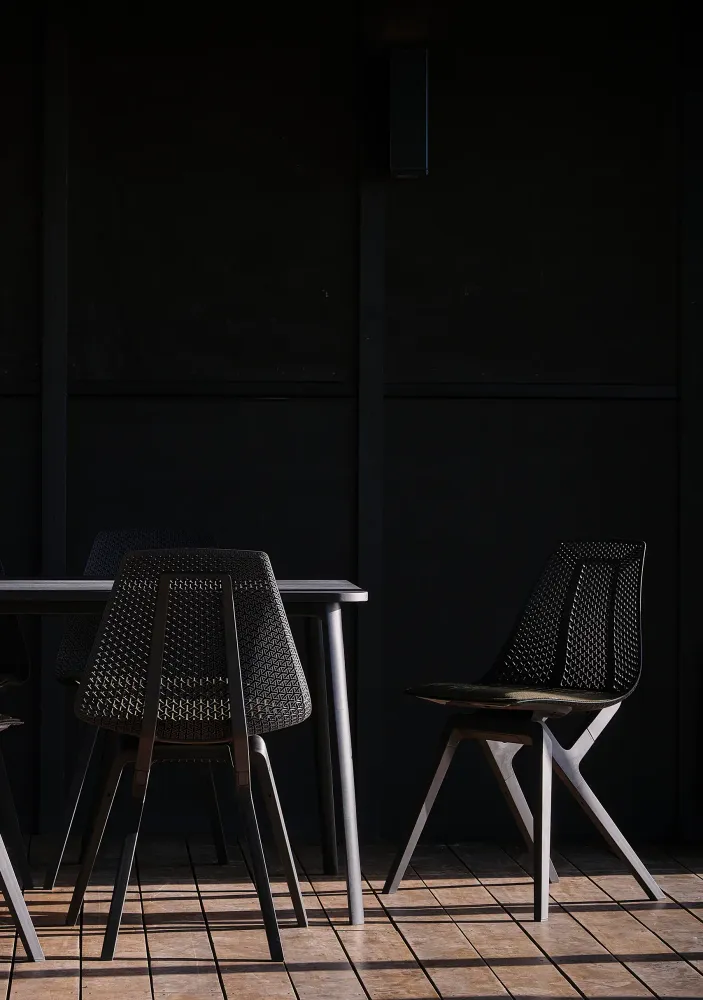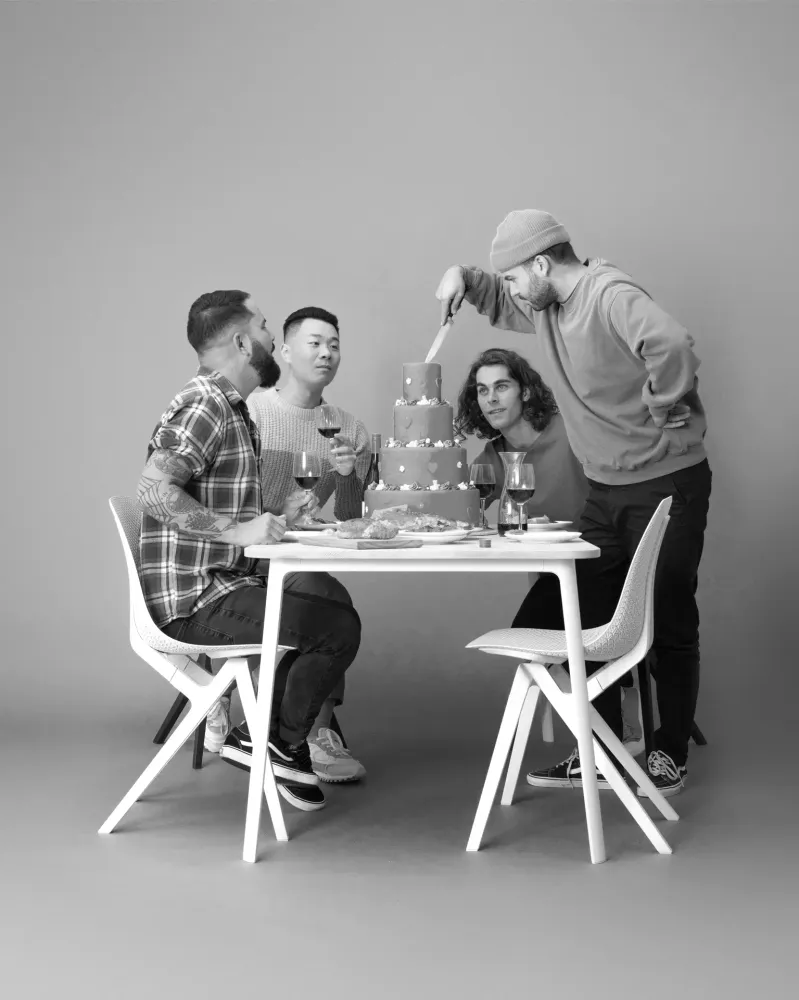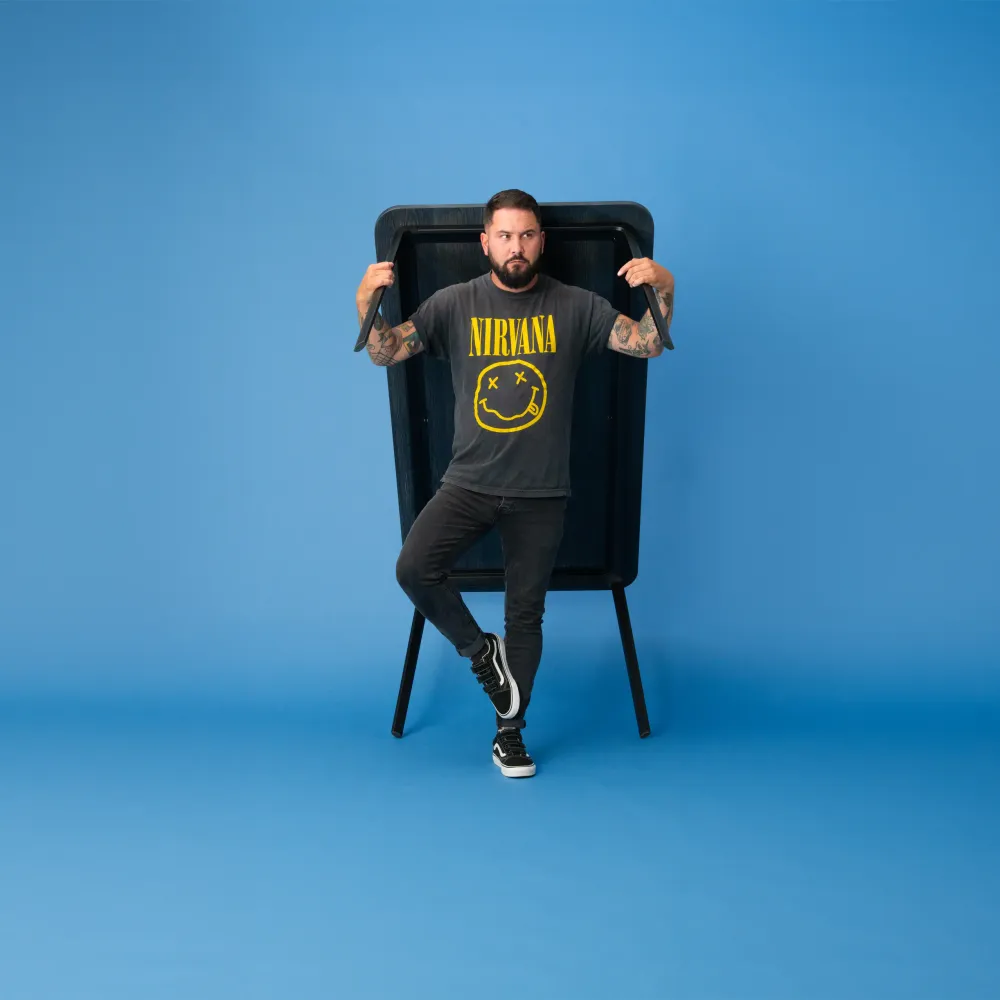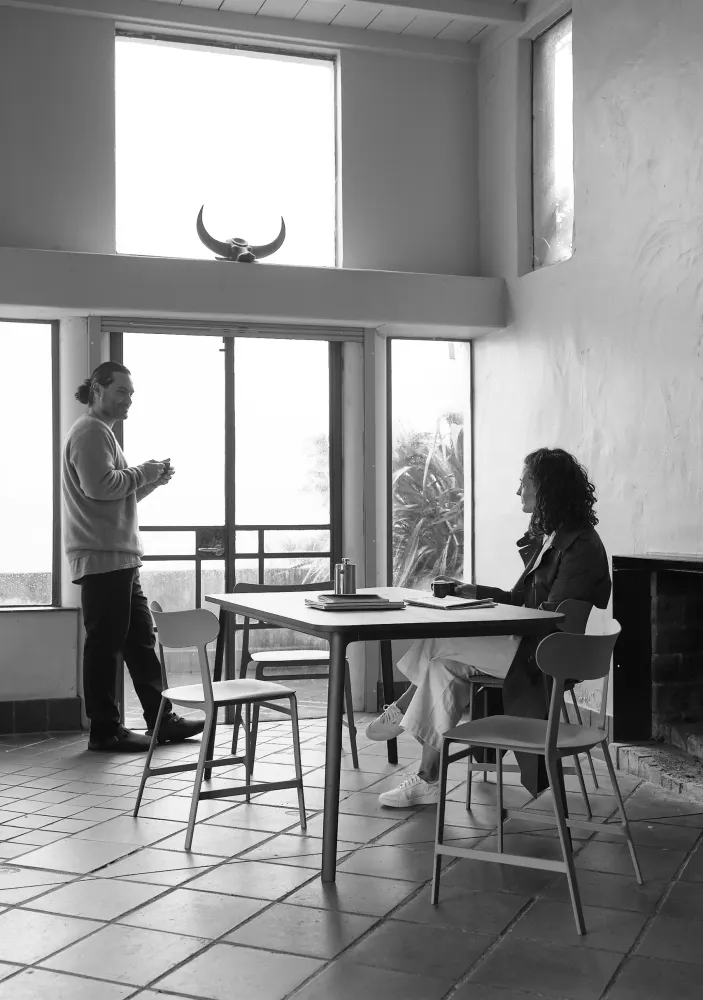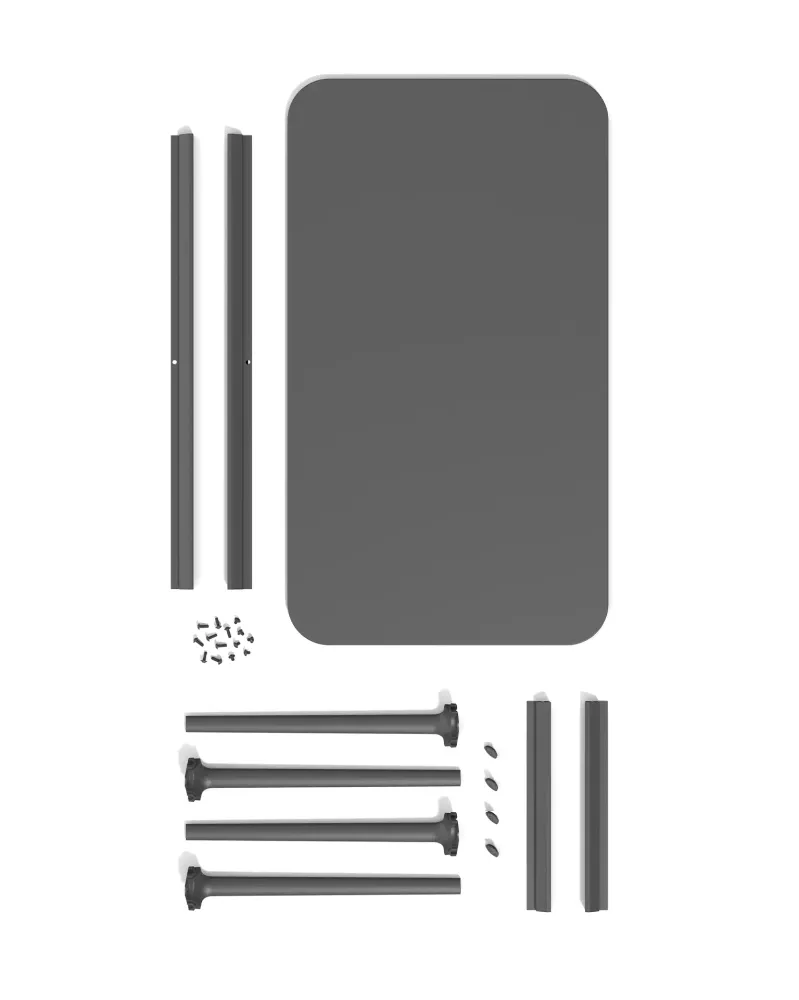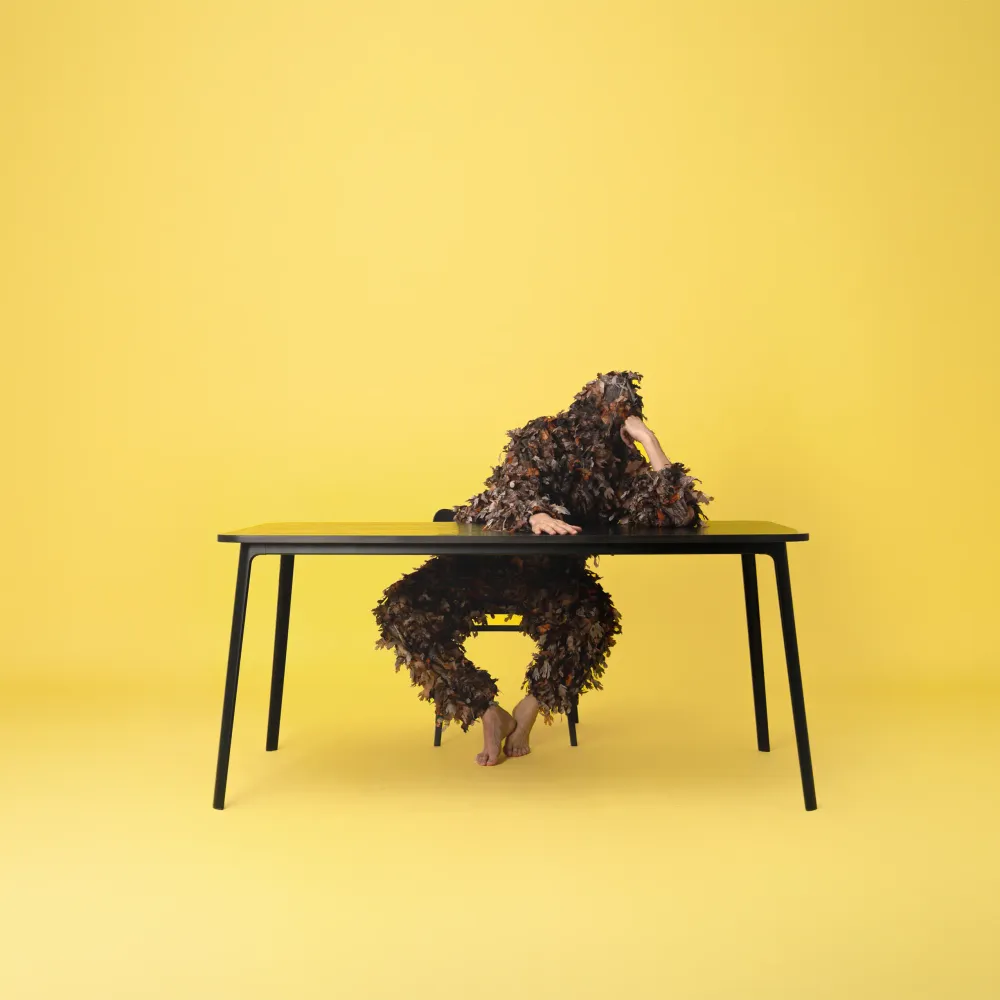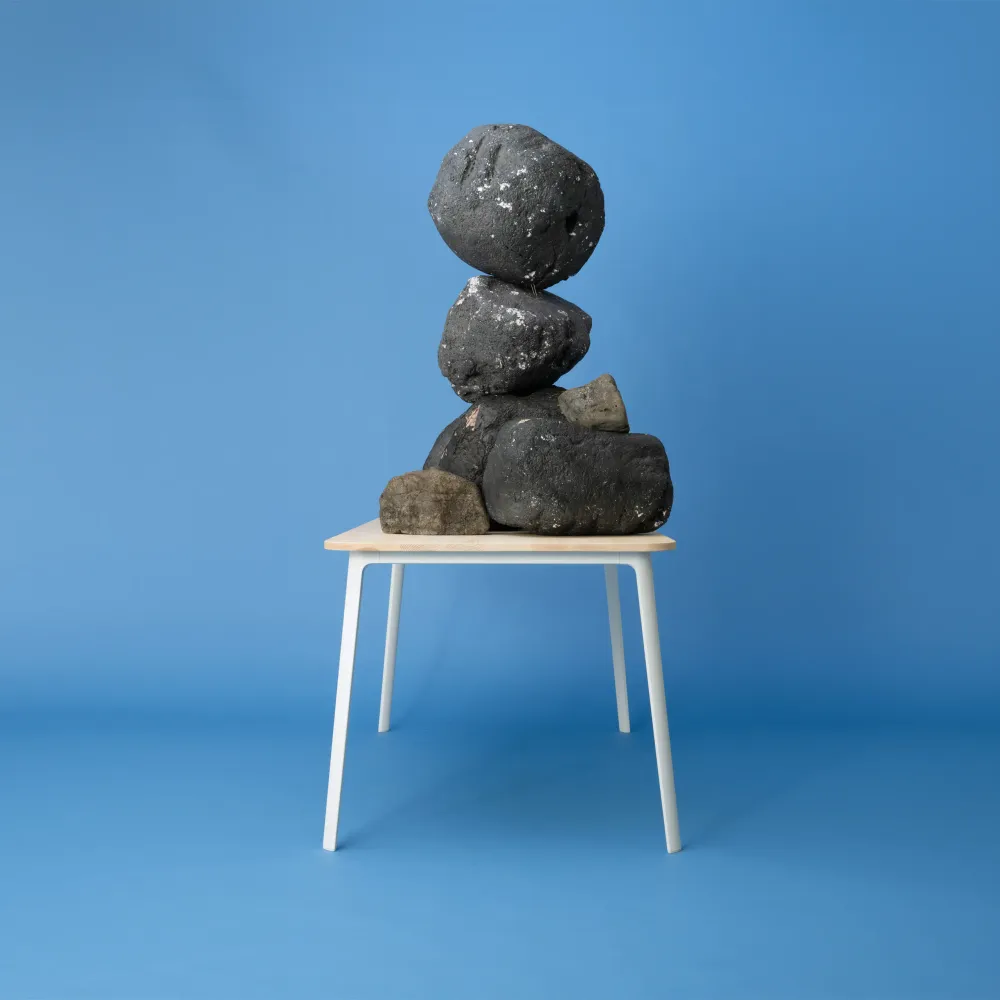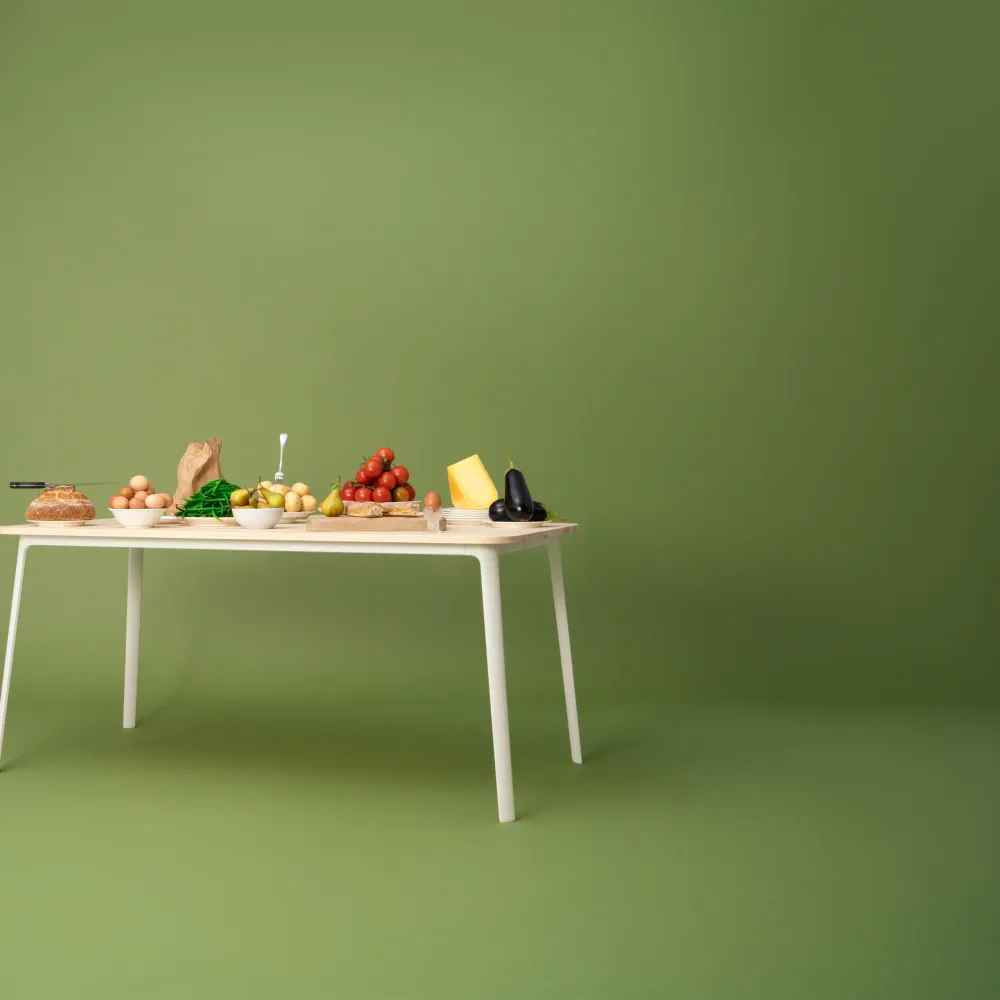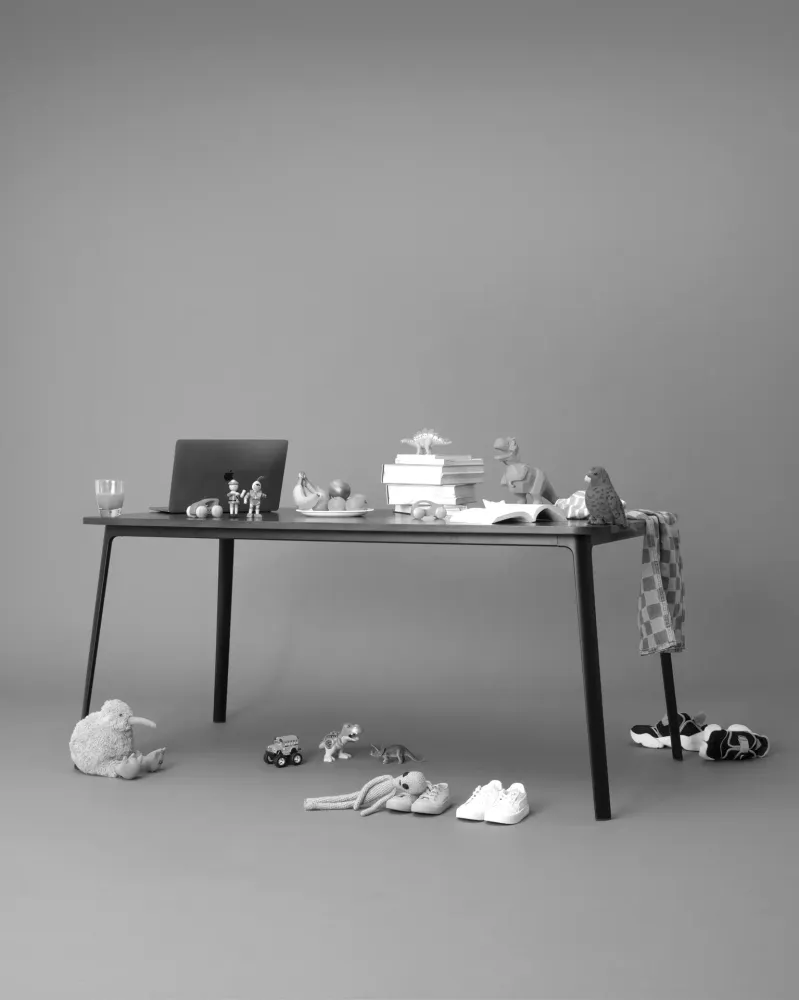
Life at home can go from peaceful to chaotic in an instant. People need furniture that's got you covered when the unexpected happens.
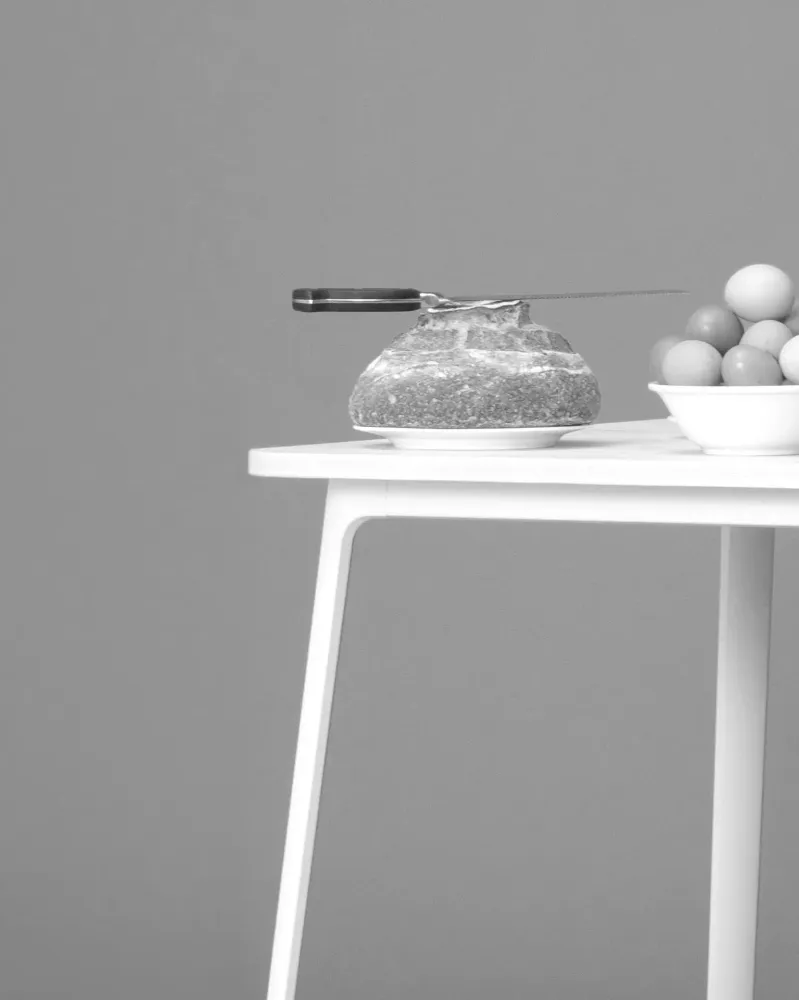
Beautiful, simple and made from trees and scrap metal by happy humans.
“Noho is reflective of how our expectations as consumers have changed around supply-chain, carbon and the impact of the things we buy.”
![Product Image]()
Dine has a timeless elegance. It's beautiful to look at yet its origins are functional performance. Clever, huh.
01
The dining room is more than just a room; it’s the heart and soul of the home. From the evening meal, to the elaborate dinner party, Dine supports the raft of activities we undertake within the space.
02
Aluminum is light, strong and rigid - exactly what you want in a table - and our frame is intuitively assembled with concealed fasteners that hold it all together tight and snug.
03
Dine’s material selection enables the product to age gracefully and last a lifetime. The materials offer a rich, natural texture and create a warm & inviting center point to the hub of the home.
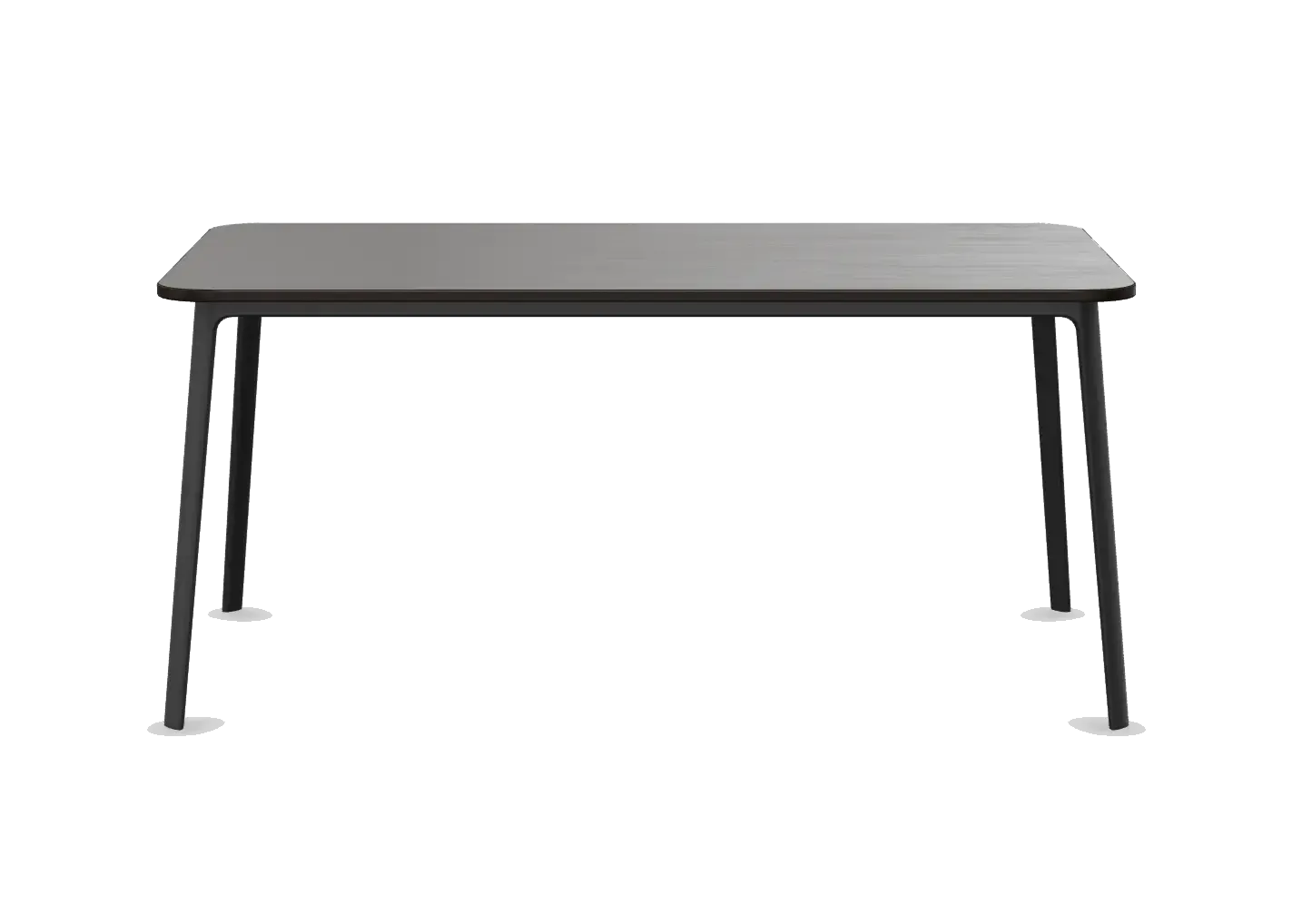
★ ★ ★ ★ ★“Probably the best table in the world”
F.Haarbeck — Lead Designer. Dine table range
01
Dine is made from trees and scrap metal. The tabletops are made from consciously sourced FSC certified timber. The frame is predominantly made from domestic aluminum waste like old alloy wheels and transmission cables.
02
Each tabletop is handcrafted in New Zealand and paired with an extruded and cast aluminum frame made using 82% renewable energy.
03
The materials used in Dine are considered so the table can last a lifetime. Additionally it is designed and engineered to surpass the toughest commercial and stability standards.
Dine is designed by Formway, a research-based design studio recognized for their clever insights into human physiology and behavior and emphasis on sustainable design.
01
Dine was driven by creating a beautiful object that was easy to ship and intuitive to assemble.
02
Dine evolved through rigorous prototyping and testing in the Formway lab in Wellington. The design process moved between theory, computer simulation and real-world building and testing to prove the idea and ensure the product fits our lives.



